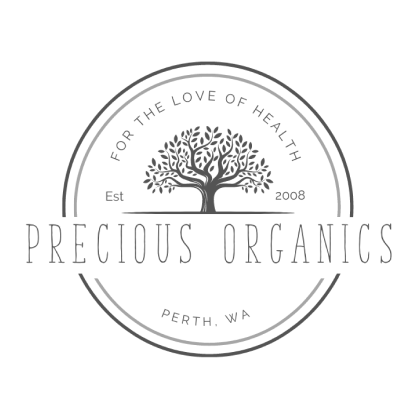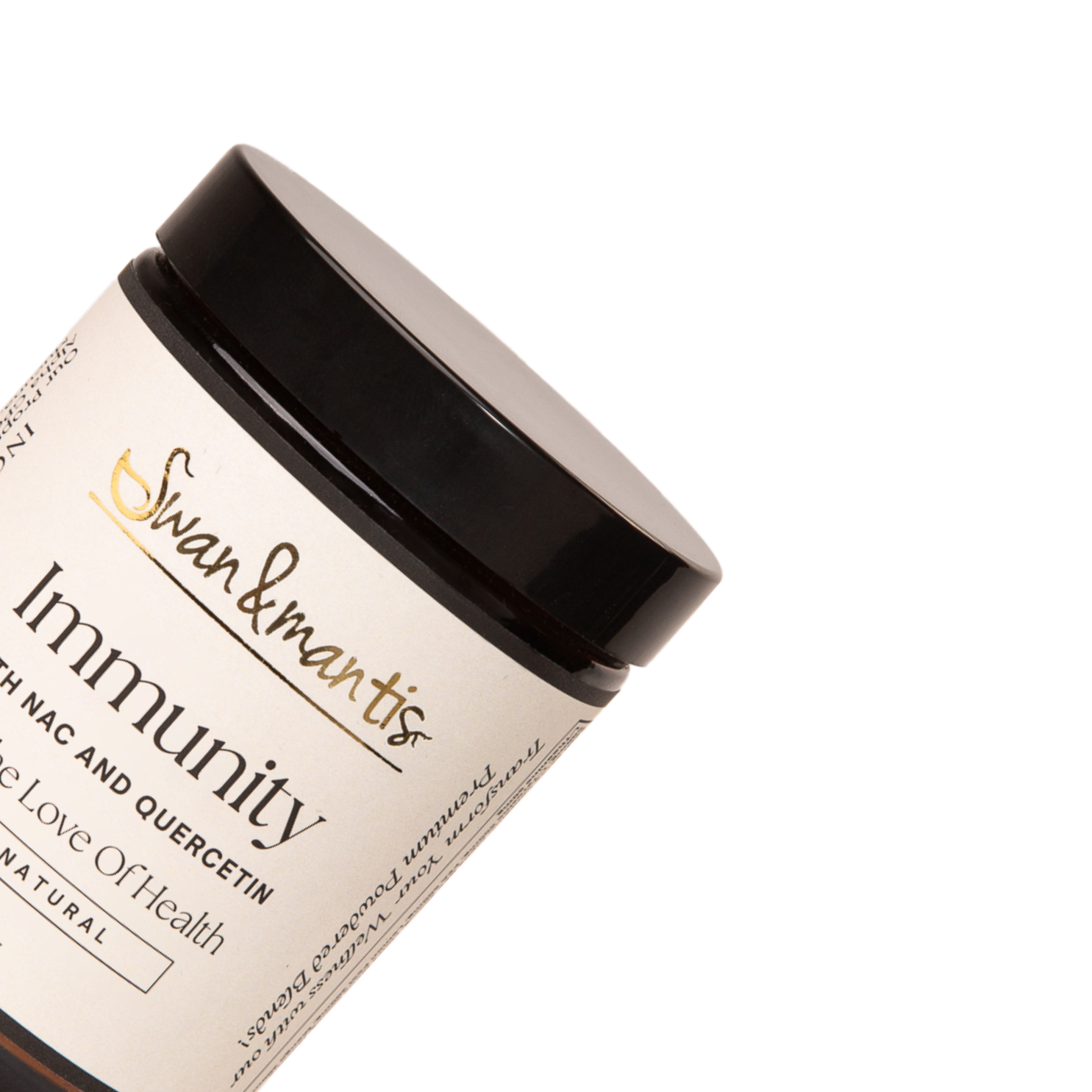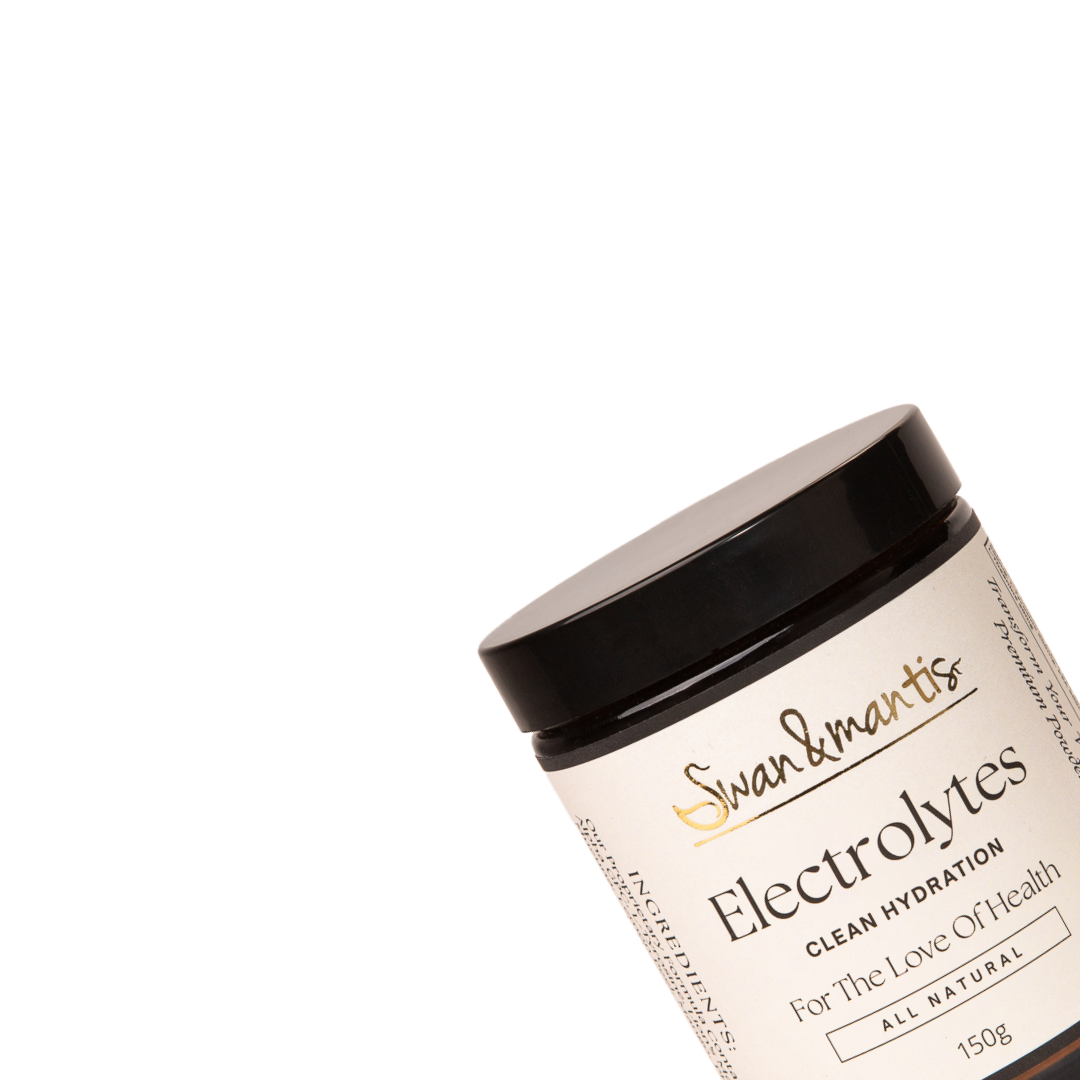Flaxseed Dangers
From Rancid Fats to Anti-Nutrients - More Reasons to Avoid Flax
May 19, 2008
Thanks in large part to the incessant promotion of flaxseeds, flax meal, and flaxseed oil in recent years, it’s easy to get the impression that flax should be a part of any health–conscious person’s diet. But it’s highly likely that a great number of people may be unwittingly doing themselves more harm than good by consuming products made from this innocent–looking little seed. With flax, it seems that (as is so often the case in the marketing of health foods) we’ve only been given the part of the story which sells products, and not the part of the story we need to make a truly informed decision.
In the previous Integrated Supplements Blog post, we began to take a look at some of the potential problems associated with the regular consumption of flax–based products. We showed you a study which revealed that people consuming flaxseed meal suffered significantly reduced antioxidant status – possibly a result of the nearly unavoidable presence of rancid, oxidized fats found in almost all flaxseed–containing items.
Of course, it’s well–known that eating an excess of chemically unstable fats like those found in most flaxseed products), is a surefire way to accelerate the overall aging process and to hasten the development of degenerative disease. But in a textbook example of marketing spin, flax’s fragile oils (most notably the omega–3 fatty acid known as linolenic acid) are simply touted for their “anti–inflammatory” or “cholesterol–lowering” effects, with little to no mention made of their ability to foster harmful oxidative damage.
Similarly, flax’s hormone–like components, called lignans, are widely promoted as panaceas for ills ranging from PMS to cancer, with nary a mention of the research indicating that the long–term consumption of powerful plant estrogens may not be quite as beneficial as we’ve been led to believe.
Add to these elements the trace amounts of various seed toxins and anti–nutrients found in flax, and it's obvious that the full story on flax has yet to be told to the general public.
What we really need is some rational perspective on the true role of flax (if any) in human nutrition. Does the good really outweigh the bad, or are we simply being asked to ignore flax’s toxic elements so flax producers can make a buck by concocting a healthy image for their product? And, most importantly, are the millions of people consuming flax products putting their long–term health at risk by doing so?
To find the answers it will help us to gain a broader understanding of flax and the nature of seeds in general – and specifically, it will help to gain an understanding of exactly why seeds contain various substances which are decidedly toxic to human and animal metabolism.
What’s In a Seed?
In producing our fiber supplement, Integrated Supplements Fiber Balance™, we went out of our way to formulate the product with no seed ingredients whatsoever – an undertaking which seemed strange to the many people who have been influenced by health food propaganda in recent years.
But in looking at a little evolutionary science, and a bit of “nutritional anthropology” our reasons for avoiding seeds (especially flax seeds) in the Fiber Balance™ formula will become clear.
In the simplest sense, a seed is obviously a plant’s means of reproduction. Seeds contain all of the nutrients necessary to, under the right conditions, germinate, sprout, and begin to grow into a thriving plant. But to ensure the survival of plant species, seeds also require the means to protect themselves from destruction before this initial germination process can take place. It’s for this reason that nature has imbued seeds with certain protective mechanisms.
As an example, nature designed seeds to be very much resistant to the digestive system of foraging animals. Most seeds, when eaten intact, will pass through the digestive system relatively unaltered because of the seed’s hard outer shell. But, as an added defense, locked inside the raw, unsprouted seed are some of nature’s most toxic elements – elements designed specifically to protect the “plant offspring” from the destructive digestive processes of the animal which has eaten the seed.
The Toxicity of Seed Oils
After nearly a century of effective marketing by their producers, most people don’t recognize that nut and seed oils (like soybean oil, cottonseed oil, canola oil, safflower/sunflower oil, peanut oil, and, most recently, flax oil), can be cumulatively toxic to humans. One of the major functions of the polyunsaturated fats (including fatty acids from both the omega 6 and omega–3 series) found in seed oils, is to protect the seed by inhibiting the digestive functions of the animals that eat them.
Eminent biologist Ray Peat PhD notes some of the reasons why the unsaturated seed oils are incompatible with human health:
Ultimately, all systems of the body are harmed by an excess of these oils. There are two reasons for this. One is that the plants produce the oils for protection, not only to store energy for the germination of the seed. To defend the seeds from the animals that would eat them, the oils block the digestive enzymes in the animals' stomachs. Digestion is one of our most basic functions, and evolution has built many other systems by using variations of that system; as a result, all of these systems are damaged by the substances which damage the digestive system.
The other reason is that the seeds are designed to germinate in early spring, so their energy stores must be accessible when the temperatures are cool, and they normally don't have to remain viable through the hot summer months. Unsaturated oils are liquid when they are cold, and this is necessary for any organism that lives at low temperatures. For example, fish in cold water would be stiff if they contained saturated fats. These oils easily get rancid (spontaneously oxidizing) when they are warm and exposed to oxygen. Seeds contain a small amount of vitamin E to delay rancidity. When the oils are stored in our tissues, they are much warmer, and more directly exposed to oxygen, than they would be in the seeds, and so their tendency to oxidize is very great. These oxidative processes can damage enzymes and other parts of cells, and especially their ability to produce energy.
As Dr. Peat notes, the inability of unsaturated oils (especially the very fragile oils in flax) to withstand spontaneous oxidation makes these oils toxic to the metabolism of humans – even though these same oils may serve the growth functions of the seed very well.
Because it contains particularly heat–sensitive oils, flax is uniquely suited to growing only in cooler northern latitudes. Locked away inside the seed, and protected by antioxidants, the fragile oils in flax are able to withstand rancidity in low temperature environments sufficiently to provide the energy requirements needed for the germination of the seed. Of course, while still locked away within the seed, the oils are protected from oxygen – and the soils of the northern US and Canada during the early spring months are a much lower temperature than that of the human body, so it’s really no wonder that these oils oxidize very easily when exposed to air (as in ground flaxseed) or especially inside the body when eaten.
(Note: Nut and seed oils which oxidize readily are among the greatest contributors to the acceleration of the aging process via the phenomenon known as oxidative stress. See the Integrated Supplements Newsletters for more information.)
Other Toxins in Flax
Similar to the unsaturated fats, certain plant hormones simultaneously serve the growth requirements of the seed, while at the same time imparting a toxic effect upon potential predators.
Flax seeds are, by far, nature’s richest source of phytoestrogenic compounds called lignans. Much like the estrogenic isoflavones in soy, the estrogenic lignans in flax are currently being touted for their supposed “hormone–balancing” and “anti–cancer” benefits. But despite their rampant promotion, the only thing the scientific literature shows for sure at this point is that flax’s plant estrogens are active hormones. Whether these plant hormones are beneficial or harmful in the long–run, and at what dose, is a question which simply hasn’t yet been answered by the scientific literature.
Taking a page from soy’s playbook of just a few years ago, flax lignans are currently being marketed as “weak” estrogens, which may impart an “anti–estrogenic” effect by blocking “stronger” estrogens in the body. But from looking at some of the scientific literature, the estrogenic effect of flax lignans appears to be anything but weak.
The following studies on rats showed that a maternal diet containing flaxseed, either during pregnancy or lactation, increased the offspring’s susceptibility to breast cancer:
Quote from the above study:
Mammary tumor incidence and multiplicity, induced by administering the offspring 5 mg 7,12–dimethylbenz[a]anthracene (DMBA) at the age of 50 days, was reduced in the whole wheat flour–exposed offspring and increased in the defatted flax–exposed offspring.
The flax–consuming public should realize that the long–term ingestion of flax (a distinctly modern food, which contains the highest known levels of plant estrogens, and which was never used as a staple food by any traditional culture) is a subject of great scientific controversy. But by only reading the pro–flax mantra disseminated by health and fitness magazines, you’d almost never know any controversy existed at all.
Study Link – Potential risks and benefits of phytoestrogen–rich diets.
Quote from the above study:
. . . we currently know little about age related differences in exposure to these compounds and there are few guidelines on optimal dose for specific health outcomes.
Flax and Cyanogenic Glycosides
In addition to its fragile fats and hormonal components, raw flax is known to contain substances called cyanogenic glycosides which can be converted into the well–known toxin, hydrogen cyanide, by the gut flora. Such toxic glycosides can be found in several foods besides flax, but are almost always inactivated by traditional preparation methods like blanching or boiling.
But flax seeds are a catch–22 in this regard. People taking raw flax are sure to be taking in these cyanide–producing glycosides in their most toxic form, but as alluded to earlier, flax seeds are relatively unsuitable for cooking because of the very fragile fats which they contain.
It's probably the presence of cyanogenic glycosides, and not dietary fiber, which is responsible for the bowel-stimulating or laxative effect of flax. People taking "fiber supplements" containing flaxseeds should be aware of this, because like many other harsh laxatives, the body can eventually become dependent on flax. As a result, flax is likely to actually impair proper bowel function in the long-run.
As we've stated before, fiber supplements should contain fiber - not harsh laxative herbs and seeds.
Anti–Nutrients in Flax
Flax also contains phytates and oxalates which may block the absorption of various minerals, as well as a substance called linatine which is known to block the absorption of vitamin B–6. It’s interesting to note that food scientists have run into quite a few problems when trying to use flaxseed meal as a suitable food for poultry. One of those problems has been stunted growth of the animals which researchers have attributed (in part) to the anti–B–6 action of linatine.
So, in flax we find fragile fats, hormonal components, toxic glycosides, and compounds which block the absorption of important nutrients – all reasons for us to think twice before accepting flax the latest, greatest health food. And for as popular as flax seed products have become, it’s certainly disconcerting that there has been almost no mention of these potential negatives in the popular literature – even when the scientific literature is loaded with reasons for us to tread cautiously.
Traditional uses of Flax
In reading much of the promotional literature on flax, we’re often led to believe that flax products have been a staple of the human diet since antiquity – but this stance is more than a bit misleading. The closest flax ever came to food in traditional cultures was probably its occasional use as a medicinal aid. Flax, exactly because the many toxic components we’ve mentioned, happen to irritate the gastrointestinal tract, has been used as a purgative or laxative for centuries – but now that we understand that its flax’s toxicity which is responsible for this effect, it’s easy to see that the regular consumption of flax is probably ill–advised.
Other traditional uses of flax were probably almost exclusively industrial. Because the fragile fats in flax become sticky and resinous when oxidized, boiling flaxseeds is well–known to create what we commonly know as linseed oil – an excellent varnish, used by traditional cultures as a treatment for wood, rope, and leather – but a substance clearly not suitable for human consumption.
Yet, it’s interesting to note a similar phenomenon related to the modern use of flax oil as a food supplement. Any person who has ever taken flaxseed oil as a supplement will notice that drops of the oil which run down the outside of the bottle become sticky and hard even if the product remains refrigerated. This is the very same oxidation process which is involved in the hardening of oil paints and varnish – but apparently all of the cheerleading behind flax has been sufficient to keep people from drawing this very logical connection. Knowing how readily flax oil oxidizes, even at refrigerated temperatures, is it reasonable to assume that a similar oxidation phenomenon won’t take place as in our body as our tissues progressively become loaded with this same oil?
Perhaps, as our ancestors were sure to do under optimal circumstances, we should refrain from consuming seeds and the toxins they contain. We’ll find, as they did, that merely allowing seeds to fulfill their growth potential will supply us with an abundance of nutrient–rich fruits and vegetables, all containing nutrients in a form we can easily and safely absorb and assimilate.
And as for flax, perhaps we should do as our ancestors did as well. They certainly had no shortage of uses for the great flax plant. Flax fibers made their clothes and particularly sturdy rope. Flax oil fueled their lamps, and even made possible the paint used to create countless artistic masterpieces. But the use of flaxseed as a staple food, or nutritional supplement in modern times has been driven by a calculated advertising and promotional campaign more so than by any deference to traditional cultures, or any legitimate scientific research.
Our ancient ancestors, who obviously were not influenced by advertising, but only by the harsh realities of nature’s laws, realized early on that their bodies simply weren’t built for the regular consumption of flax. In our modern world, we’ll be well served to take heed of this lesson as well.
4


